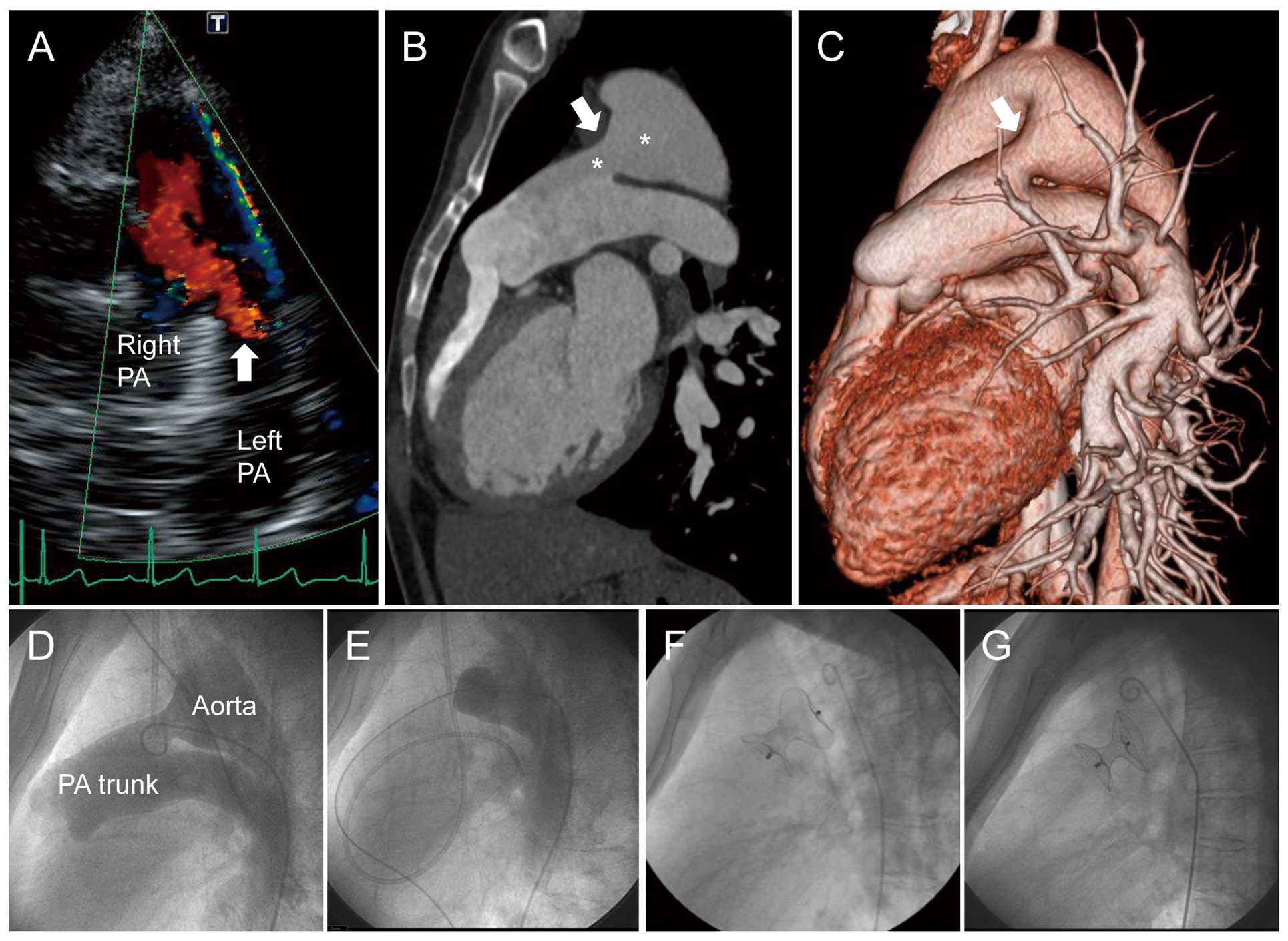- J-STAGE home
- /
- Circulation Journal
- /
- Advance online publication
- /
- Article overview
- /
- Full view
This article has now been updated. Please use the final version.
-
Nao Konagai
Department of Pediatric Cardiology, National Cerebral and Cardiovascular Center [Japan] Department of Advanced Cardiovascular Medicine, Kumamoto University Graduate School of Medical Sciences [Japan]
-
Shigefumi Fukui
Department of Cardiovascular Medicine, National Cerebral and Cardiovascular Center [Japan]
-
Masataka Kitano
Department of Pediatric Cardiology, National Cerebral and Cardiovascular Center [Japan]
-
Kazuto Fujimoto
Department of Pediatric Cardiology, National Cerebral and Cardiovascular Center [Japan]
-
Tatsuya Nishii
Department of Radiology, National Cerebral and Cardiovascular Center [Japan]
-
Takeshi Ogo
Department of Cardiovascular Medicine, National Cerebral and Cardiovascular Center [Japan]
-
Satoshi Yasuda
Department of Cardiovascular Medicine, National Cerebral and Cardiovascular Center [Japan] Department of Advanced Cardiovascular Medicine, Kumamoto University Graduate School of Medical Sciences [Japan]
Supplementary material
Article ID: CJ-19-0144
- Published: May 24, 2019 Received: February 18, 2019 Available on J-STAGE: - Accepted: April 22, 2019 Advance online publication: May 24, 2019 Revised: April 15, 2019
(compatible with EndNote, Reference Manager, ProCite, RefWorks)
(compatible with BibDesk, LaTeX)


